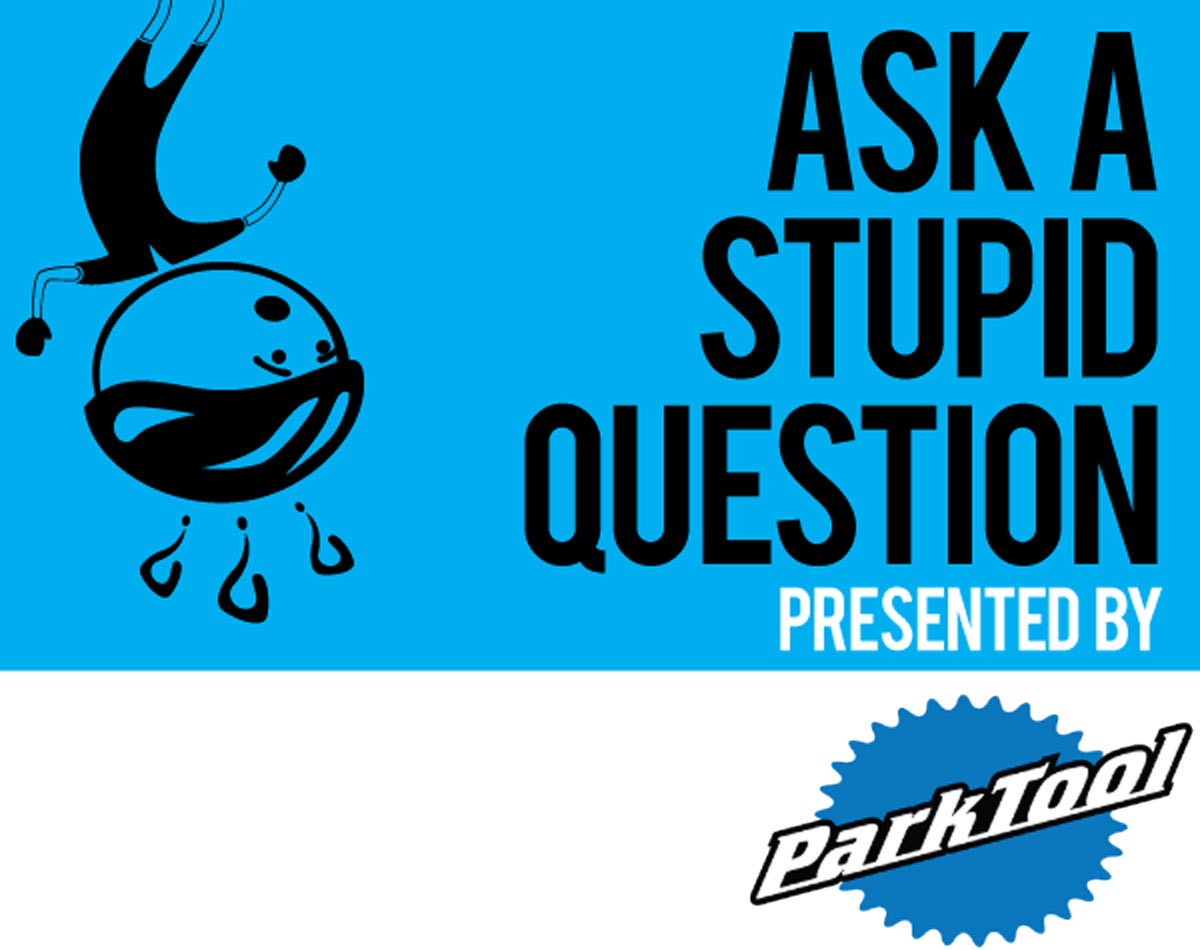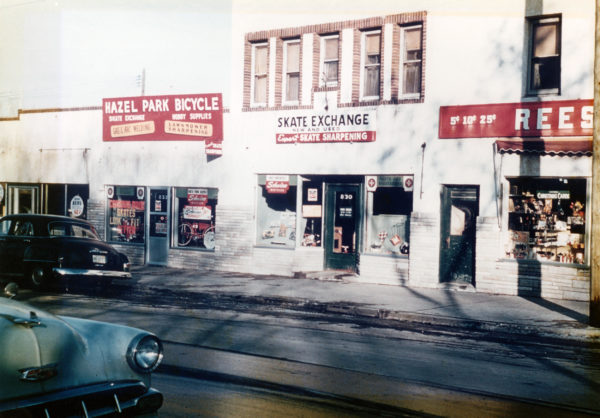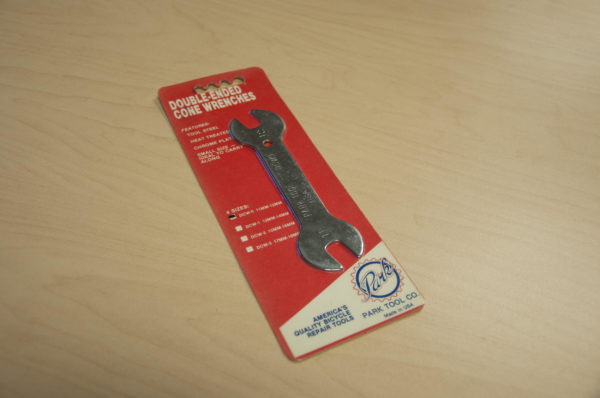We know, there’s no such thing as a stupid question. But there are definitely some questions too embarrassing to ask your local shop or riding buddies. This is our weekly installment where we get to the bottom of your questions – serious or otherwise. And this week, Park Tool is answering your questions about their brand, products and related inquiries.
QUESTION #1 – Your colour ‘Park Blue’ is pretty synonymous in the bike world. How and where did it originate from? Also where did the name come from?
PARK TOOL: Good question. When we started in the mid 60’s our official colo(u)r was red! We made a line of tools for Schwinn Bicycle and their color was red so the tools were red. Not long thereafter we started selling tools to other distributors and retailers who didn’t want Schwinn Red so we changed to blue and the rest as they say, is history. In America you can still find red Schwinn tools in shops from time to time.
Our name comes from the original bike shop which was called Hazel Park Radio and Bicycle. The original repair stands we made were labeled with “Hazel Park Cycle Center Repair Stand Company”. A little too long to catch on and hard to remember! In 1966 we moved from the Hazel Park area of St. Paul Minnesota so the Hazel was dropped for both the bike shop and the fledgling tool company. Park Schwinn went on to be a top ten Schwinn dealer for 15 straight years in the mid 60’s and 70’s.
Here’s a short video we made for our 50th anniversary that touches on our history as well.
QUESTION #2 – I’ve built my own wheels for many years but only recently considered proper spoke tension as it relates to clincher vs. tubular rims. I use the Park Tools tension meter while building and truing my wheels. When building clinchers, immediately after building the wheel and mounting and inflating the tire, a check of spoke tension shows quite a big decrease in spoke tension (unlike tubular rimmed wheels). This makes me wonder whether the build spoke tension for clinchers should be increased slightly for increased wheel durability, so that the spoke tension levels with a mounted and inflated clincher are correct? I typically keep my road bike clinchers well inflated, so the psi probably never drops below 70 to 80 psi or thereabouts. What say you Park Tool?
PARK TOOL: Generally, rim manufacturers give recommendations for the wheel spoke tension without tire inflated. The assumption is a wheel builder is doing the work, and then the wheel is boxed and shipped out. Pressure from the tire squeezes the circumference of the rim and that drops the tension. How much tension drop depends on the design of the rim. A thin walled and smaller profile rim tends to drop more. A taller rim and/or one with more mass will tend to drop less. Do not raise the tension more to account for this unless you start running into issues of spokes shaking loose. Also realize that a drop in tension from pressure will also change very slightly the wheel centering or dish. But that’s a story for a different day.
QUESTION #3 – Why do you not make JIS (Japanese industrial standard) screwdrivers? This standard as far as Im aware is the same used on most Shimano derailleurs. Considering how prevalent Shimano are as standard equipment on most bikes, wouldn’t it make sense to make this style of screwdriver as well as the others in your range?
PARK TOOL: Great question and one that we get frequently. But the answer is not what most people expect.
First a little history. If you look at the Japanese tool makers who invented the JIS standard long ago and then fast forward you see that none of these JIS “inventors” make a true JIS screwdriver today. The reason being that, over time, there has been a convergence of the various crosshair style screwdrivers. In other words, on most modern, quality screwdrivers you see tool makers (including Park Tool) making crosshair screwdrivers that incorporate the best parts of the various crosshair styles (Phillips, JIS and other crosshair standards) into a single, unified design. As a result, even the Japanese tool makers phased out dedicated “JIS” screwdrivers years ago in favor of these improved, universal “phillips” (with a small p) heads.
To compound the issue, the fasteners (such as derailleur limit screws) are themselves not true JIS fasteners either. Without going into the minutia of the different types of screw heads all you need to do is to look at the limit screws on a derailleur to clearly see that they are a hybrid of JIS, Phillips AND flat blade screw drive designs. In essence, there are mechanics who think they are using a JIS screwdriver on JIS fasteners when in reality neither the screwdriver nor the fastener is truly JIS at all.
With that said we are always looking to improve all of our tools. Could you see improvements to our tools (including screwdrivers) in the future? Absolutely.
Got a question of your own? Click here to use the AASQ form, or find the link under the Contact menu header up top anytime a question pops into your mind! And keep the questions for Park Tool coming, they’re answering for the next few weeks!



